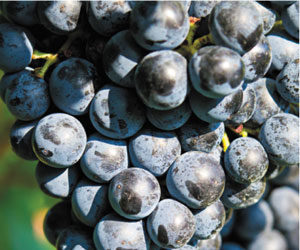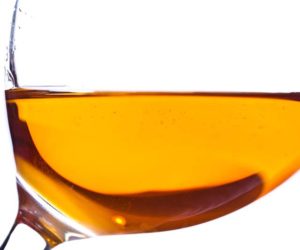As a brand new winemaker, it can be confusing when you unpack your first wine kit and see all of these different packages and powders. Sure, it doesn’t take much research to understand the purpose of the grape juice, but what is all that other stuff?
Let’s start with the two stabilizers and preservatives you may find in a kit: potassium or sodium metabisulfite, and potassium sorbate. Potassium or sodium metabisulfite is used to prevent oxidation, which causes browning of the must, and it helps fight against bacteria and wild yeast. Different wine kits call for varying amounts that typically range from 15 to 50 parts per million (ppm). Potassium sorbate, often just called sorbate, is used to prevent renewed fermentation in off-dry to sweet wines and to prevent reproduction of mold and yeast. Combined with sulfite, sorbate helps keep wine stable during aging.
When fermentation is complete, a combination of sulfite, sorbate, and fining agents are added. The sulfite stuns the yeast and prevents oxidation, the fining agents drag any solids (such as yeast cells) out of suspension, and the sorbate prevents any remaining fungal organisms from reproducing.
That brings us to the fining agents, which, as the name suggests, are used to clarify and stabilize the wine prior to bottling to help ensure your wine will not be cloudy or flocculant in the bottle. They do this by clinging to the solid particles in the wine and dragging them out of suspension. There are a number of fining agents that may be in your wine kits: bentonite (montmorillonite), colloidal silica (kieselsol, silicon dioxide), gelatin, and isinglass (icthyocolle, fish glue). Bentonite is a naturally occurring clay consisting mostly of montmorillonite. It is a primary fining agent for wine, but can also be added to a clear juice or must before you pitch the yeast to jumpstart fermentation. Colloidal silica is a solution of silicon dioxide that was invented to replace tannin, which was a popular fining agent during the time of World War I when tannin was needed for use in gas masks and became hard for winemakers to come by. Colloidal silica is often used in conjunction with gelatin, a very efficient organic fining. Gelatin, which usually comes in the liquid form, is animal-derived, usually rendered from pigs (but agar gelatin can be substituted if that is a concern). Gelatin can also remove tannins and coloring particles from wine, so be sure not to use more than recommended or that red wine you are making may end up looking more like a rosé. The last of the fining agents often included in wine kits is isinglass, which is gentler than gelatin and usually won’t impact a wine’s color.
Other additives you may come across will be for flavor and aroma purposes. The most common is oak chips, or oak powder, to give your wine the complexity of a barrel-aged wine. Oak chips are generally added after fermentation to give a more aggressive “woody” character, while powdered oak is usually added at the beginning of fermentation to give a smooth oak character and subtle vanilla finish. The two can be used interchangably, but as WineMaker’s “Wine Kits” columnist Tim Vandergrift puts it, “While powder indeed fulfills the smoother/subtle function when added post-fermentation, kit manufacturers don’t use it this way, as it’s much easier for consumers to extract big chunks of oak than it is for them to deal with loose powder in the secondary fermenter.”
Every kit you purchase will include instructions on when, and how, to add each ingredient and it is important to remember that these kits have undergone tedious lab tests prior to hitting the market, so it is recommended to follow the instructions to each particular kit — especially for the new winemaker just getting introduced to the hobby.






